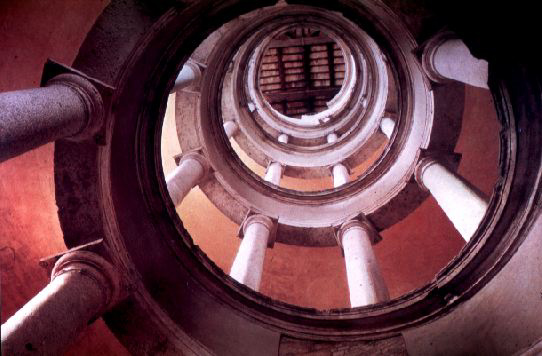4.635 Renaissance Architecture

The Renaissance is the traditional starting point of the modern period of European history. The architecture of this period in particular represents a departure from tradition. This is the moment of the invention of the figure of the architect and the development of the instruments, specifically drawing, that have become the basis on which design is still practiced. The architectural treatises of Alberti, Serlio, and Palladio, among others, reflect on the discipline in a way unknown in the previous millenium. Private building takes on the status of monumental architecture for the first time and the form of the city is theorized to integrate, and give physical form, to a broad spectrum of human activities. All of these changes take place under the influence of antiquity. But the culture and architecture of antiquity is more of a challenge than a model. Incompletely known and relevant only in part, it could not prescribe. The rediscovery of antiquity is really the invention of modern Europe.
This subject covers architecture in Italy in the fifteenth and sixteenth centuries. It focuses on architecture, design practices, and the social and cultural significance of building projects.
Mid term and final exam. 12 units of undergraduate credit, 9 units of graduate credit.